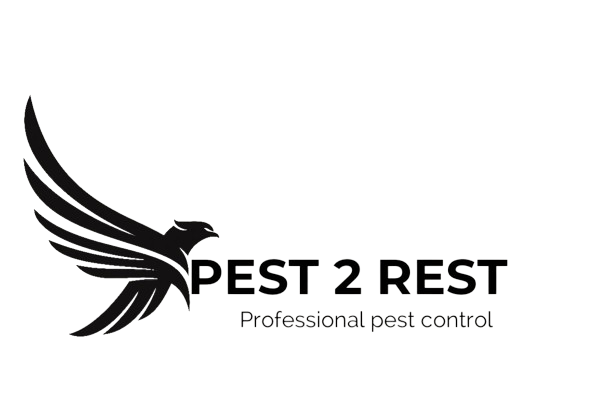Plaster beetles, often mistaken for woodworm, can cause significant damage to your property. These tiny pests are known for their ability to burrow into walls, creating unsightly holes and weakening structural integrity. In this blog post, we’ll delve into the world of plaster beetles, exploring their habits, the damage they cause, and most importantly, how to prevent and eliminate them.
Understanding Plaster Beetles
Plaster beetles are small, dark brown insects that thrive in damp, humid environments. They are attracted to properties with moisture issues, such as leaking pipes or condensation problems. These pests can quickly multiply, leading to a full-blown infestation if left unchecked.
Signs of a Plaster Beetle Infestation
Recognizing the signs of a plaster beetle infestation is crucial for timely action. Common indicators include:
- Small, round holes in walls and ceilings
- Fine, powdery dust around these holes
- Hearing a rustling sound within the walls
- Seeing adult beetles flying around
The Damage Caused by Plaster Beetles
Plaster beetles can cause extensive damage to your property. Their burrowing activities weaken walls, leading to structural instability. Additionally, the dust produced by their feeding can cause respiratory problems for occupants.
Preventing a Plaster Beetle Infestation
Preventing a plaster beetle infestation is key to protecting your property. Here are some essential tips:
- Reduce humidity: Use dehumidifiers and ensure proper ventilation in damp areas.
- Fix leaks: Repair any leaks promptly to prevent moisture build-up.
- Regular inspections: Conduct regular inspections for signs of infestation.
Plaster Beetle Removal
If you suspect a plaster beetle infestation, it’s essential to seek professional help. Pest control experts have the knowledge and tools to effectively eliminate these pests.
Pest2Rest is a reputable pest control company that specializes in plaster beetle removal. Their experienced technicians can identify the extent of the infestation and implement appropriate treatment plans.
